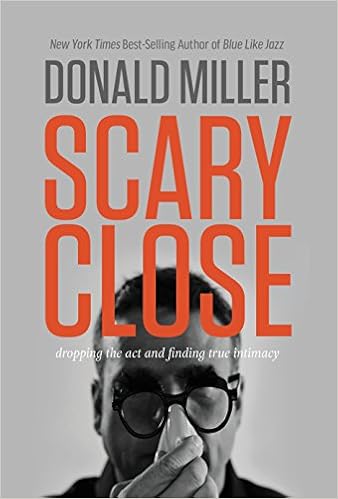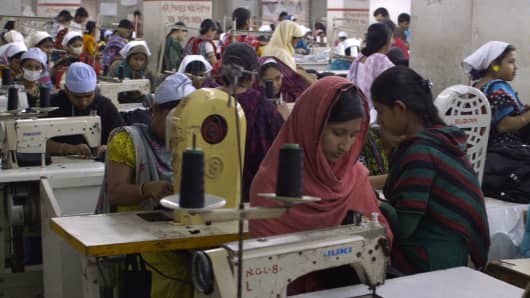These first few months of 2016 have started off wonderfully for finding great reads. As I mentioned in a previous post, 2015 was a tough reading year for me. I was constantly reading disappointing books, trying to work my way through each one, but not really enjoying them. However, in the past few months I have found myself staying up late just to read one more chapter, getting up early to start a new book and encouraging Estela to “read on her own” so that I can read something other than a board book. I thought I would share some of my favorite books so far this year. Happy Reading!


- Committed by Elizabeth Gilbert – I have been on an Elizabeth Gilbert role lately. I still haven’t got to her newest book, Big Magic, but I am hoping that will happen soon. In Committed, Gilbert shares about her journey of and love marriage to her Brazilian husband, amidst the challenges of visas and immigration statuses.
- Fates and Furies by Lauren Groff – This was President Obama’s favorite book last year. As I read through the first half, I often wondered why. However, the second half changed it all. This is a very clever novel on marriage and relationships.
- Mudbound by Hillary Jordan – My new book loving sister-in-law recommended this to me and wow, what a powerful read. This novel takes place in the Mississippi Delta during the late 1940’s and discusses themes of prejudice, slavery and black and white relations.
- The Life Changing Magic of Tidying Up by Marie Condo – I read this book in one day and since then started to “clean up” my life. While Kevin has not appreciated everything I have donated, gifted, sold or thrown away, life is feeling more free and less complicated.
- Grounded by Diana Butler Bass – Kevin and I have read this book together over the past few months. Butler Bass documents why religion is on the decline in America and why people are leaving traditional religious practices. This books offers a fresh way to interact with our faith through embracing God everywhere in the world around us – in the soil, the water, the sky, in our homes and neighborhoods and in the global commons. Kevin and I read the water chapter by the ocean, something I will always remember.
- Scary Close by Donald Miller – Donald Miller was an significant writer for me over ten years ago, but I had not kept up with his books over the past few years. However after this book arrived on my kindle from the library, I could not put it down. I have not reflected on my own life, my relationships, my marriage nor my parenting through a book like this in some time. I have already sent e-mails to family and friends telling them to pick it up. I highly recommend this read, but be ready to reflect and engage.
- Why Not Me? by Mindy Kaling – A very much appreciated and hilarious book, especially after some of the more serious books listed above. In her second book, Kaling shares funny, thoughtful essays on her life that are guaranteed to make you laugh out loud.
- Freedom by Jonathan Franzen – After falling in love with Jonathan Franzen’s writing, Kevin bought this book for me and give it to me for my 28th birthday. I read the first 50 pages and did not keep going. Kevin has always been disappointed with me, so I decided to give it a try again and I am so glad I did. Franzen’s writing is so descriptive, every line has been well crafted and thought out. Warning: Do not read Franzen’s most recent release, Purity. It was excruciating to try and get through that 600 page book.












